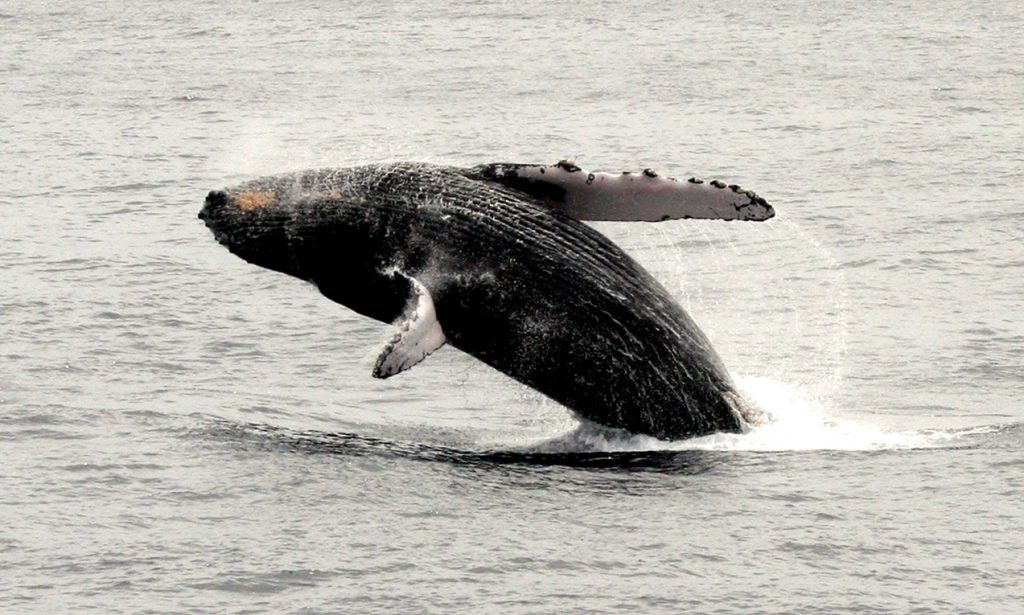How whales sing while holding their breath
Can you sing whilst holding your breath? How about humming while holding your nose closed and with your mouth shut? You will find it doesn’t work. So, how do whales sing underwater without drowning? How can they produce sound while not breathing? This has long been a mystery to scientists, but now a team from Denmark have discovered how baleen whales are able to do just that.

It’s all in the larynx, which is also called the ‘voice box’ and is the tube in your throat that allows you to make sound.
It has long been known that baleen whales have a special larynx that has a sack like a bagpipe to allow them to sing but it has not been know exactly how this works. A whale’s larynx has two purposes, both to make sound and to close the airways to stop them from drowning. But, when the air flow stops, pressure builds and sound stops, so how do they do it?
Scientists at the University of Southern Denmark have been able to study larynxes from three recently deceased (stranded) baleen whales and have managed to replicate what happens inside the larynx when a whale produces sound. They made a surprising discovery as the tests showed that the animal’s vocal cords vibrate in an unexpected way when sound is produced. To make sounds, the vocal cords rub together against a fat pad at the back of the voice box. This is very unique.
The sample size for this discovery is very small and so of course further research is needed, but this finding is a great step forward into understanding baleen whales’ unique ability to hold their breath and sing underwater without drowning.
The researchers also proved that sound can only be produced at certain frequencies as the structure of the voice box prevents sound being made above a frequency of 300 hertz (Hz) or below depths of 330 feet (approx. 100 m). Unfortunately, the depth and frequency range overlaps almost perfectly with sounds that humans make, in particular that of vessel noise and airgun arrays used in seismic surveys. Therefore, it is not possible for baleen whales to raise their voices to be heard above the frequency of those noises. As marine traffic increases, this problem becomes greater, putting whales in more danger.
The study highlights how important it is that we find ways to reduce noise pollution by limiting vessel traffic, making ships quieter, and protecting areas that contain lots of vocalising whales.
